Tiny wonders I experienced in my first cut-flower garden
The end of summer is here, as I write this post. The shadows are long in the morning and the sunlight feels sharp. As I do my daily garden rounds, I’ve noticed that the flowers know things are changing too. The white cosmos is putting out tons of buds clustered together on shorter stems. The zinnias are exploding with blooms and buds (I imagine them cheering each other on, “Come on girls, let’s push hard for one last show!”). The hydrangea blooms are going through the last change of color before drying out.
Noticing these small little things in my flower garden has brought me such joy. Many of them made me gasp with surprise. The rewards of growing a cut-flower garden are as unexpected as they are fleeting. Here are some of the most delightful discoveries.
An adorable goldfinch resting on a dahlia stem
One Saturday morning I woke up and glanced out of my bedroom window. And just then, a goldfinch landed on the tallest stem of a potted dahlia. The bird was so brightly colored - a fresh neon yellow - that it was impossible to miss. The stem bent ever so slightly under its gentle weight, like it was just a feather.
Would this amazing little creature come over if it weren’t for this garden?, I wondered.
A tired bee taking a nap on a cockscomb bloom
As I was inspecting my direct-sowed experimental cockscomb one evening, I noticed a bee hanging out on one of the blooms. It was moving slowly, still intent on inspecting every tiny flower for polen. I decided to cut the stem (I didn’t want it to go to seed) and hoped the little bee would take a hint and move on to the next flower. It didn’t and rather stopped moving altogether.
I gently nudged it off and onto a white cosmos bloom, and just like a sleeping baby waking up to stretch for a moment, it found a comfy position and went back to sleep. And yes, bees do sleep in flowers.
A sassy purslane putting on a show every day
I bought a baby purslane plant from the nursery on a whim in spring. The label said it liked dry soil and that the flowers were “showy.” I was intrigued. I found a sunny spot in the perennial bed, nestled between some grasses. And I pretty much forgot about it.
When early July rolled around, I understood why the flowers earned the showy description. Every single sunny morning, 30+ blooms opened up in the most gorgeous flaming red color. Then in the evening, all magically disappeared, tightly packed up for the night. The next morning - and every single sunny day over the next two months - these amazing flowers showed up to dazzle, again and again. The bees absolutely adored them too.
Fun fact: Purslane is actually an edible succulent. And many times you’ll find a “weedy” variety growing in your garden.
An assertive robin showing up for a daily bath
This little fella put a smile on my face every time it showed up for its daily bath. It must have longed for a bath of its own because immediately after I filled the brand-new plate with water, the robin showed up and plunged. And it took its time, sometimes 10 minutes or more. Even when I was busy in the garden, I knew it was there because I could hear the wings flapping.
A voracious caterpillar
In early summer, a neighbor stopped by to see my garden and noticed that I had some dill plants. “I wouldn’t be surprised if you had butterfly eggs hiding in that dill,” she said. I asked how would I know and she showed me the tiniest specks stuck to the thin dill leaves. (If you too grow dill or parsley, check for these little eggs before you harvest, especially in early summer!).
Over the next couple of weeks, I checked if any caterpillars emerged and sure enough, they did. I counted about 8 of them which promptly proceeded to munch on the dill. At first it was barely noticeable, but once they got about one inch long, you could observe the incredible speed with which they devoured the leaves.
They ended up gulping up much of the plants but I didn’t mind. Some days, my son would notice one of the caterpillars was stuck in a dead end and we would gently bend the stem so it could pass on to another location.
A teeny bird drinking water from a marigold bloom
One early morning, I noticed a very small bird landing on a marigold bloom. “It must be eating bugs hidden in the blooms,” I thought.
Later that day, I told my son about the bird as we were inspecting the garden together. “I think it was drinking water from the petals, mommy” he said as he was looking closely at one of the marigolds.
He was right. Only a child would have noticed the water droplets hiding between the yellow ruffles - they were at the right height for a little person to see and wonder about.
___
I’m sure I have missed many other small moments. But many others are awaiting to be seen. That’s one of the secret powers of a garden: It pulls you in, slows you down and sharpens your senses. And when you follow your garden’s lead, you start noticing its fleeting and joyful wonders.


